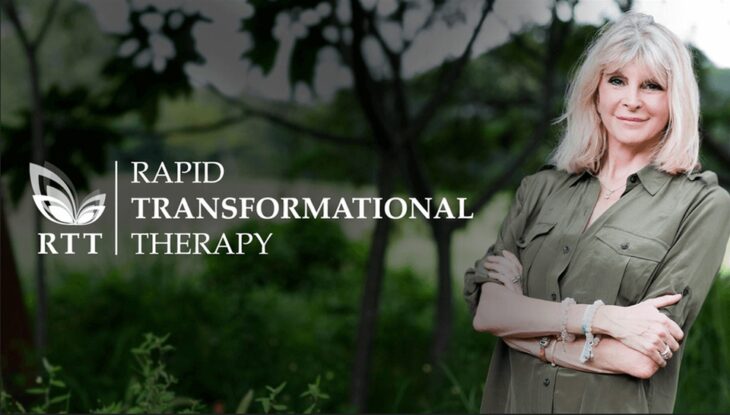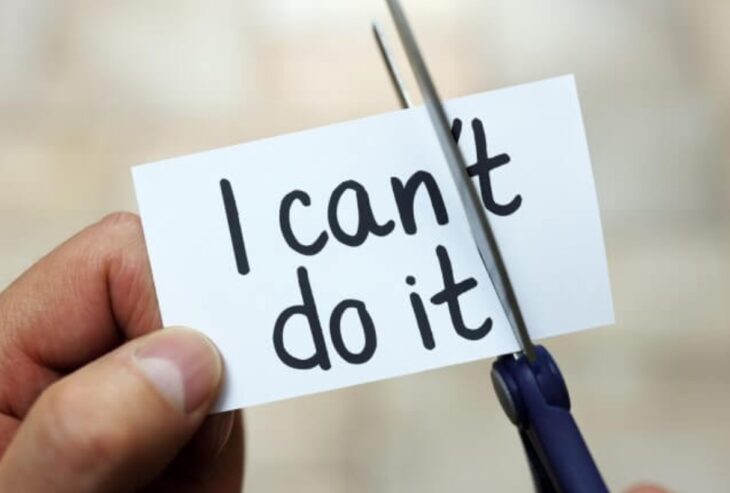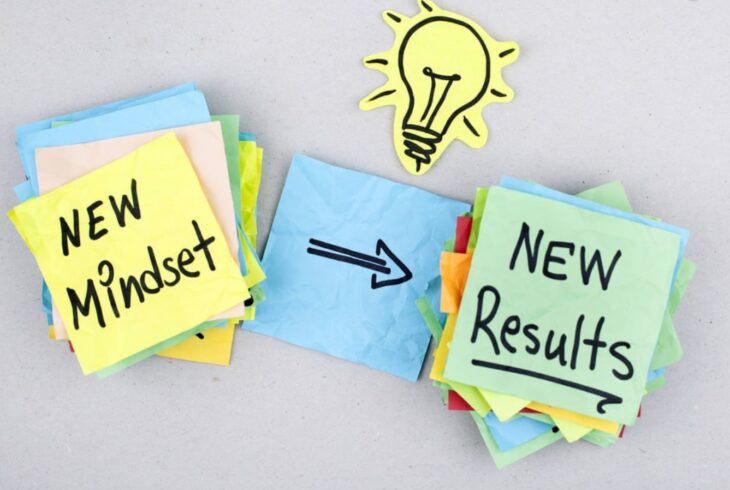With the unrelenting doom and gloom still a constant feature in people’s lives, it can sometimes be very challenging to maintain a positive mindset. However one of the greatest feel good boosters is a positive mindset, which subsequently can lead to positive change. This is particularly important in a difficult economic climate, because it still requires many people to make necessary and sometime life changes, to their personal and professional lives. Here I want to share a Quests:
- The Habit of Ferocity by Steven Kotler,
- Genius. Legend by Robin Sharma
- The Quest for Personal Mastery by Dr. Srikumar Rao.
- Rapid Transformational Hypnotherapy for Abundance by Marisa Peer

Source: Marisa Peer
Contents
Quick Mindvalley Review:
Mindvalley is an educational platform that is focused on personal and professional development in every aspect of life. One of the best parts besides great community and well-structured classes is that is has paid subscription and also tons of useful material that is available for everyone for free. Like masterclasses, Podcasts, Ted Talks and so on. Plus, app can be used as a daily motivation and a reminder to stay on track toward your goals. Here is a full article IMHO Reviews Mindvalley.
A positive mindset requires an individual to assess his/her situation through a realistic perspective in order to implement effective strategies that enable the facilitation of positive change. Consistently undertaking a mental and physical audit can lead to significant positive changes within short periods of time. This is as a result of adopting a proactive approach to any given situation which inevitably leads to greater empowerment.
To obtain real and longer lasting positive change, an individual needs to adopt a positive mindset, which is sustainable and consistent. Short positive bursts and temporary positive states of mind will not leave longer and sustainable positive changes. Instead, the danger here is that it will create even more anxiety and unnecessary frustration, due to inconsistency in effort.
It is imperative to point out that it is a futile exercise, to attempt to adopt a positive mindset if this cannot be matched by the appropriate action. Even if there is an iota of dissonance in thinking and action, there will be no real authentic positive change. Why? This is because of a lack of self belief and the genuine desire to achieve positive change.
The Benefits of Maintaining Positive Mindset
- The benefits of a positive attitude are endless, but some are highlighted below:
- General well being
- A sense of hope towards life both personally and professionally
- A greater sense of enthusiasm, motivation and confidence
- Higher levels of self esteem
- Empowerment decision making
- Ability to connect with others more positively and proactively
- Desire to seek challenges and opportunities outside an individual’s comfort zone which inevitably leads to greater personal growth
- Seeing challenges and opportunities for what they are, rather than permitting limiting beliefs and fear, to prevent further personal and professional development

Source: Thrive Global
Maintaining a Positive Mindset
In the beginning it may feel strange and uncomfortable to start getting into the habit of adopting a positive mindset, especially if an individual is not accustomed to thinking positively on a consistent basis. However, once the process becomes more familiar, it will no longer seem like an unfamiliar experience. One of the simplest and most powerful technic that I learned at Mindvalley is a “Gratitude Journal” explained by Robin Sharma.
The following can prove to be beneficial in maintaining a positive mindset:
Looking at personal and professional challenges as learning opportunities and personal growth;
An abundance mentality towards personal and professional life;
Physical exercise can release endorphins that lead to feeling positive and general well-being;
Staying away from negative people who act energy sappers, and;
Spending more time with positive and optimistic people because positive people can be inspirational.

Source: Pinterest
Questions Which Can Also Assist the Positive Change Process
The following questions may serve an individual well when attempting to articulate some positivity into his/her life
- Identifying what the term positive mindset means to an individual. One person’s perception of positive mindset can be very different to another person’s perspective.
- Make a list of the personal and professional areas in life which could benefit from applying a positive mindset
- What needs to happen to ensure positive change can be achieved in the areas identified in point 2? It may be worth starting off with just one thing in each area and increasing momentum as confidence levels grow.
- How can the action points identified in point 3 be implemented?
- How can momentum be maintained on a consistent basis?
Ralph Emerson once said “The ancestor of every action is thought.” Given that on average, an individual has 60,000-70,000 thoughts a day, unless an individual is very optimistic to start off with, a majority of those thoughts will be negative for many people. Most people are unaware of the consequences that a negative mindset can have both personally and professionally until a time arrives and the individual needs to address the issues that may lie just under the radar of attention.

Source: Medium
There is also no doubt that when individual attempts to make positive changes, s/he will inevitably experience a whole host of emotions both positive and negative, including limiting beliefs such as fear of failure or success and fear of the unknown. However, these obstacles and challenges will gradually subside with time and experience.
A positive mindset does not occur overnight and cultivating a positive mindset and sustainable positive change does not have to be difficult either. It does however require time, commitment, vision, determination and drive amongst a few necessary ingredients to achieve desired positive change.
Readers may also be interested in reading aiming high to leads to better results and personal development during the credit crunch and challenging time requires innovative thinking.
